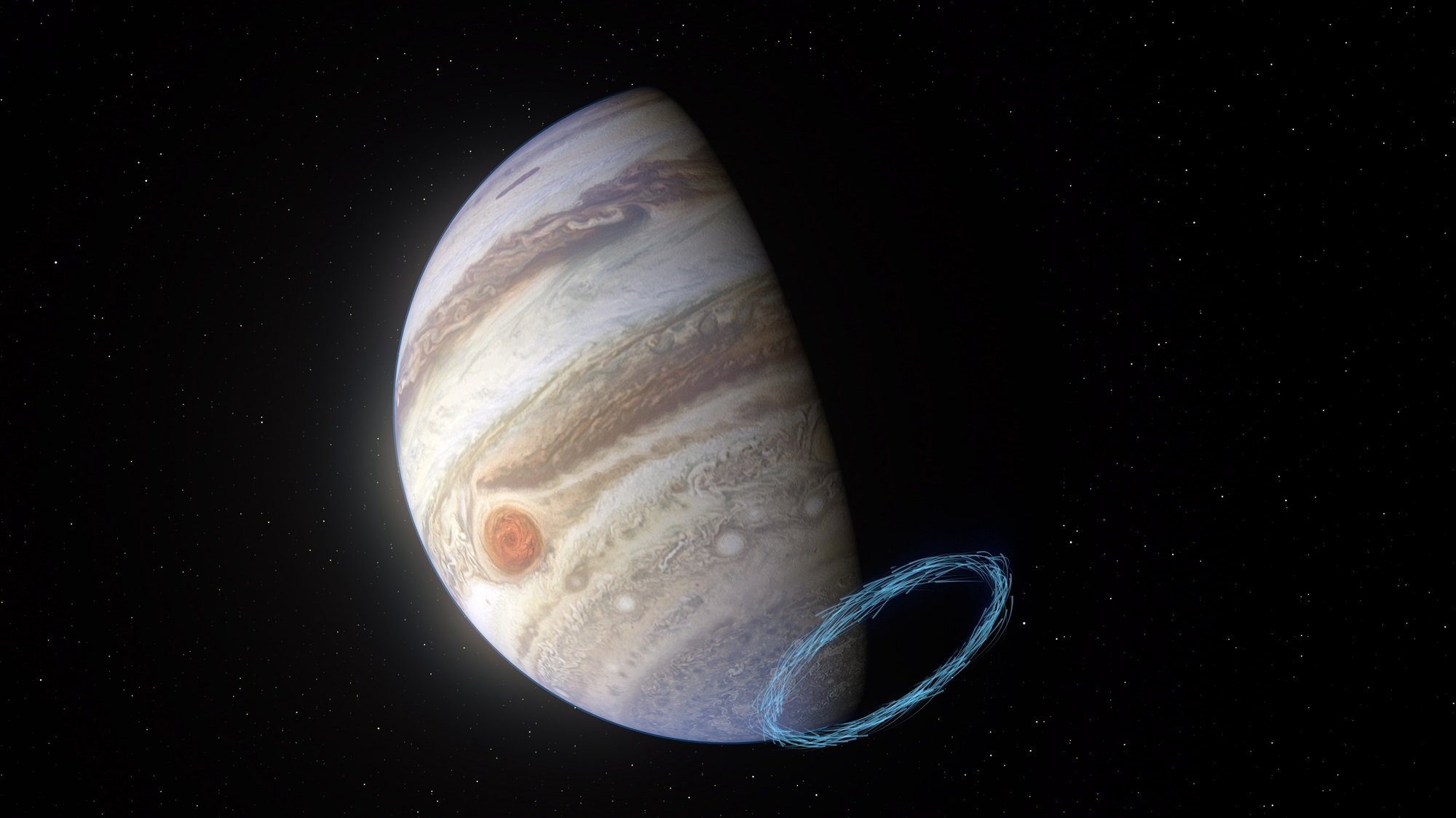The James Webb Space Telescope has provided two new images.surprisingly accurate” of Jupiter, which show giant storms and extreme winds and offer scientists new clues about the internal life of this planet.
The US space agency (NASA) celebrated this Monday the quality of the details of the new images that, according to Imke de Pater, professor emeritus at the University of California and co-director of the observations, should not be “so good“.
1. Make way for the king of the solar system! ????
Webb’s new images of Jupiter highlight the planet’s features, including its turbulent Great Red Spot (shown here in white), in stunning detail. These images were processed by citizen scientist Judy Schmidt: https://t.co/gwxZOitCE3 pic.twitter.com/saz0u61kJG
— NASA Webb Telescope (@NASAWebb) August 22, 2022
Published photographs show that Jupiter’s auroras extend to high altitudes over the north and south poles.
Captured by the NiRcam instrument, which has three infrared filtersthis light is not visible to the human eye.
To draw an image, the data was “translated” into the visible spectrum.
Longer wavelengths tend to appear more “reddish” and shorter wavelengths more blue.
In these images it is clearly visible the “great red spot“, a sandstorm that according to NASA is so big that it “could swallow the Earth” and that appears “white” because it reflects too much sunlight.
Webb scientist Heidi Hammel points out that this glow is a sign of high altitude, inferring that this large event has “high altitude fogs.”
the rings of Jupiter, “a million times darker than the planet“, according to the statement, and in the images you can also see two small moons called Amalthea and Adrasthea.
The James Webb Telescope, a $10 billion project named after a former NASA administrator, was sent into space on December 25, after successive delays, on a European-made rocket. It is in orbit 1.5 million kilometers from Earth.
The Portuguese astronomer Catarina Alves de Oliveira, who works at the ESA Scientific Operations Center in Spain, is responsible for calibrating one of James Webb’s four instrumentsparticipating in the campaign for the elaboration of observations for scientific purposes.
Several Portuguese scientists are involved in research projects that involve observing time with the telescope.
Astronomers hope with James Webb to obtain more data on the early days of the Universe, including the birth of the first galaxies and stars, but also on the formation of planets.
Source: Observadora
